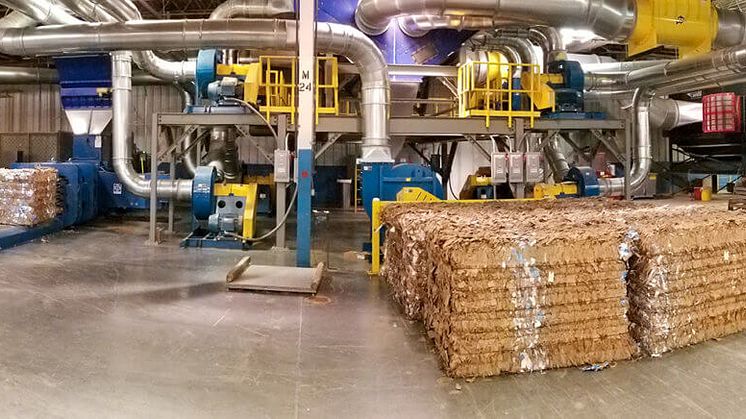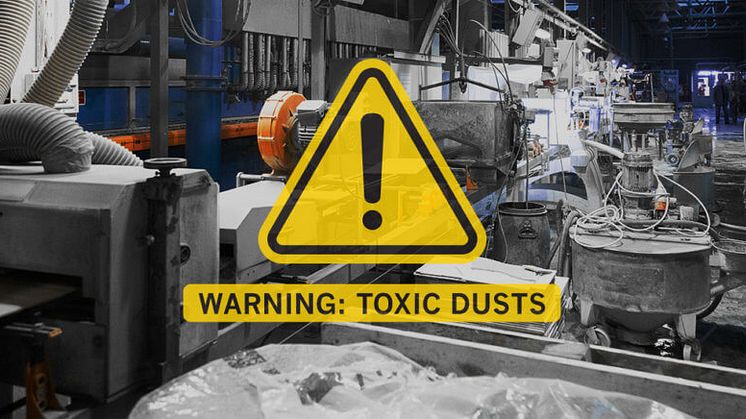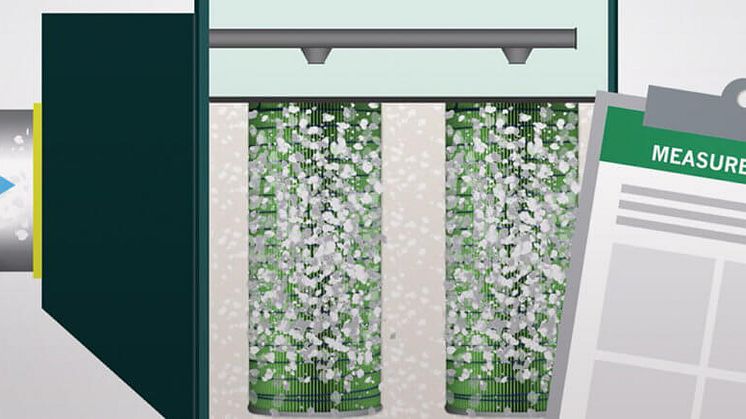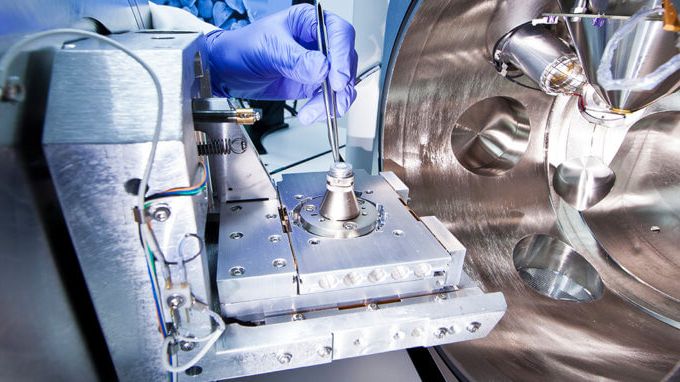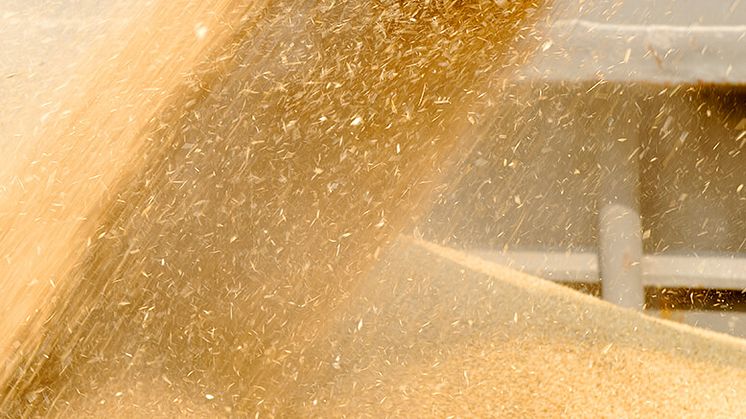
Blog post -
Mitigating Dust Disasters in Grain, Seed and Feed Handeling
Handling and milling grain, seed and feed are occupational hazards that expose workers to many serious and life-threatening situations. Dust-related dangers include allergies, respiratory injury, fire and explosion. Especially at risk are food and agricultural facilities that process, move, store and ship products like corn, oats, wheat, barley, sunflower seeds, rice, cotton seeds and soybeans. Areas that generate high concentrations of dust include grain elevators, dryers, shellers, grinders, silos, storage bins, conveyor belts, hoppers and venting.
Maintaining a clean facility and installing a dust collection system can significantly reduce dangerous levels of dust in the work environment. But it is crucial that the system be designed for the specific facility, application and dust type. Facility operators are required to remove the dust from the air before it settles and builds up on floors and other surfaces over time.
REGULATIONS AND STANDARDS
Agricultural and food processing facilities must comply with Occupational Safety and Health Administration (OSHA) regulations to protect employees from exposure to airborne dusts. They must also comply with National Fire Protection Association (NFPA) standards to provide a safe working environment. These include:
OSHA 1910 – general standard that covers most industries
OSHA 1928 – covers agriculture
OSHA 1910.272 – addresses grain handling facilities
NFPA 652 – general standard on the fundamentals of combustible dust
NFPA 61 – focuses on fires and dust explosions in agricultural and food processing facilities
If the grains and seeds are for human consumption, the FDA’s Food Safety Modernization Act requires food processing facilities to implement measures to ensure that cross-contamination hazards will be minimized or prevented. Preventing cross-contamination requires effectively collecting and removing all contaminants, including dust particles, before they become widely dispersed.
OCCUPATIONAL EXPOSURE
Regular exposure to fine dust particles can produce minor allergic reactions on the skin such as dermatitis. Such conditions can require treatment and protective workwear, which can affect an employee’s performance and comfort. However, the respiratory distress that dust allergens can cause is far more serious. The finest dust particles readily become airborne and are easily inhaled, penetrating deep into the lungs. They can cause life-threatening conditions such as occupational asthma as well as chronic, long-term health issues including lung cancer.
In agricultural facilities, exposure to grain, seed and feed dust can lead to respiratory problems ranging from irritation of the nose and sinuses to more serious conditions like asthma, farmer’s lung and organic dust toxic syndrome. In addition, workers at food facilities that take raw agricultural grains and seeds and process them into products like bread and cereal are at risk if dust mitigation systems are not in place.
EXPLOSIONS AND FIRES
Grain, seed and feed dusts are highly combustible fuel sources that can easily burn or explode upon contacting an ignition source, such as:
- Overheated motors, gears and bearings
- Misaligned cover belts
- Welding, cutting and brazing
- Power surges
- Start-up of production equipment after shutdown or process upset
According to the 2020 Mid-Year Combustible Dust Incident Report, food product dusts were responsible for 41 fires, 8 explosions and 11 injuries globally so far this year. That’s 40.8% of all recorded incidents. Since 2017, agricultural activity and food production have been the source of 33% to 45% of overall fire and explosion incidents annually. In the first half of 2020, the highest percentage of combustible dust incidents occurred in storage silos with 22 fires and 6 explosions reported.
 |
 |
CONTROLLING DANGEROUS DUST
The best way to reduce hazardous dust exposure and explosion risk is to install a dust collection system with high-efficiency primary and secondary cartridge-style filters. Primary filter media should be selected for each application based on the dust particle size, flow characteristics, quantity and distribution. If the primary filtration system does not use a HEPA filter, it is recommended that a secondary HEPA filter be used downstream to ensure hazardous dusts are not discharged into the atmosphere.
For example, the Gold Series X-Flo dust collector is ideal for agricultural and food facilities because it collects fine, fibrous and heavy dust loads at their source to prevent worker exposure to airborne contaminants and to keep dust from travelling throughout the facility. The GSX system also helps food and agricultural facilities exceed OSHA indoor air quality standards. When equipped with a Camfil explosion vent, the GSX system offers the highest combustible dust explosion protection in accordance with NFPA standards. Other explosion protection options are available including isolation valves, integrated safety monitoring filters and fire-retardant filter cartridges.
A wide, uniformly pleated filter allows the collected dust to release from the filter, keeping the resistance lower through the filter for a longer time. When the pleats of the filter media are tightly packed, the reverse-pulse cleaning system of the dust collector will not eject the dust that has settled in between the pleats. Tightly packed pleats increase the resistance of the air through the filters and diminish airflow.
With Gold Cone™ X-Flo filter cartridges (GCX), which contain more pleated media to move more air and process more dust, the collector creates a more uniform airflow. The GCX filter cartridges feature specially designed inner cones with more downward-facing media than traditional filters. This extends the life of the filters and uses less compressed air. They are available with filtration efficiencies up to MERV 16 per ASHRAE 52.2:2017.
For assistance selecting the best dust collector or filter cartridges for your specific grain, seed and feed applications, contact a Camfil dust collection expert.

